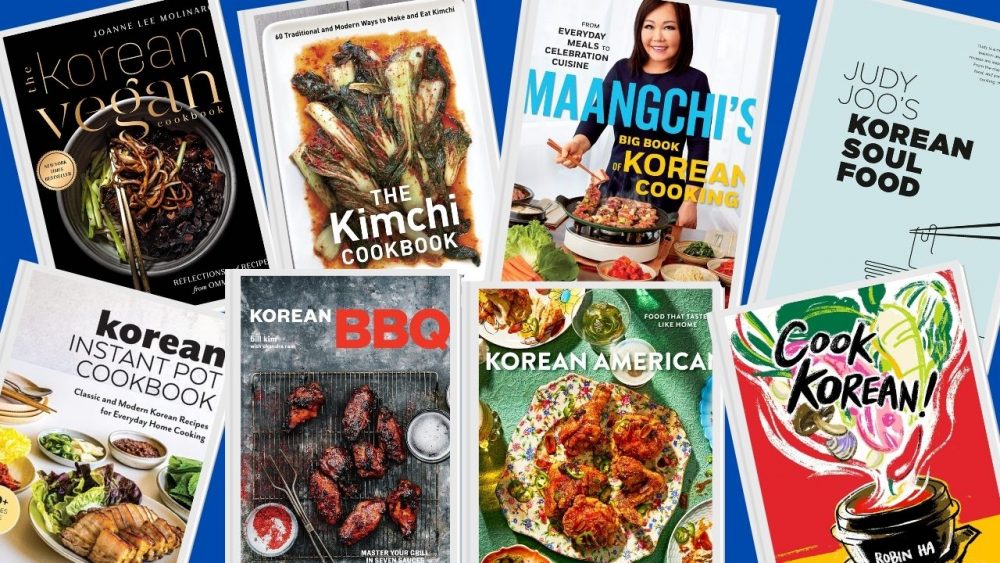Delve into the fascinating history of tea in Japan, the types of Japanese tea you can try, and how to brew them at home. Plus discover some interesting books about Japanese tea and tea ceremonies.
The world of tea is a fascinating subject, with a long history that few are aware of unless they take the time to explore it. Japanese tea is diverse in its own right and has remained an incredibly important part of Japanese culture through the ages. In Japan, tea drinking developed over time into an art form and ethical practice that lives on to this day.
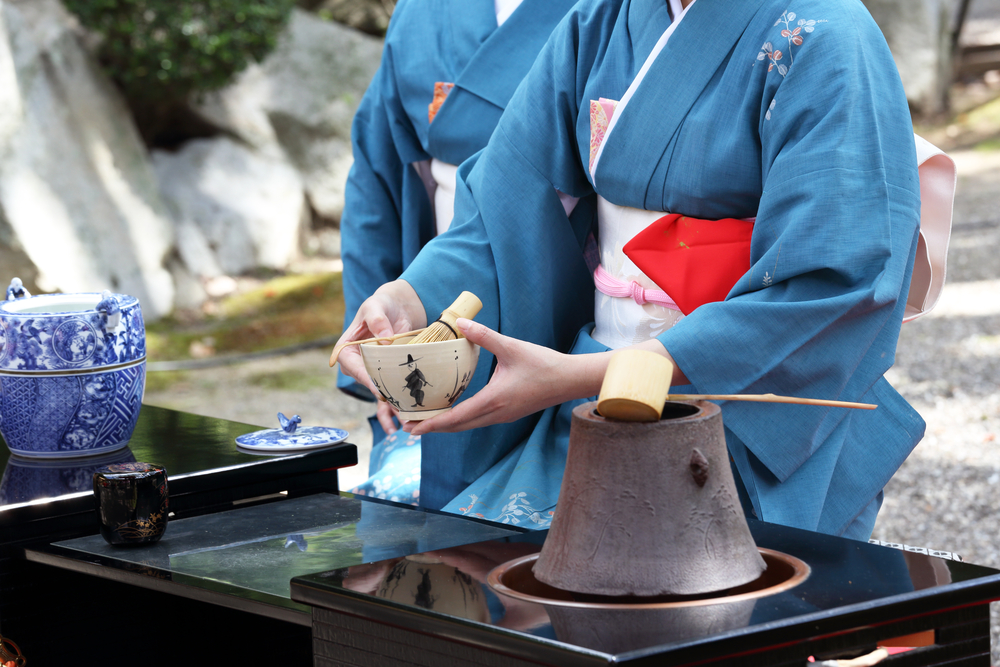
Here, you will learn a little about where tea originally came from, how it made its way to Japan specifically, and the types of Japanese tea you can try right now at home or on your next trip to Japan.
You will also find a selection of informative tea culture and tea making books that I read to learn more about tea at the bottom of this article to continue your own tea education!
How is tea grown?
A fun fact that many people don’t realise is that all teas (excluding herbal and floral) come from the same plant. Black, oolong, yellow, green, and white teas all come from the leaves and buds of the Camellia Sinensis, a plant which is regularly plucked for the buds and top leaves before going on a delicate journey of grinding, steaming, and oxidisation.
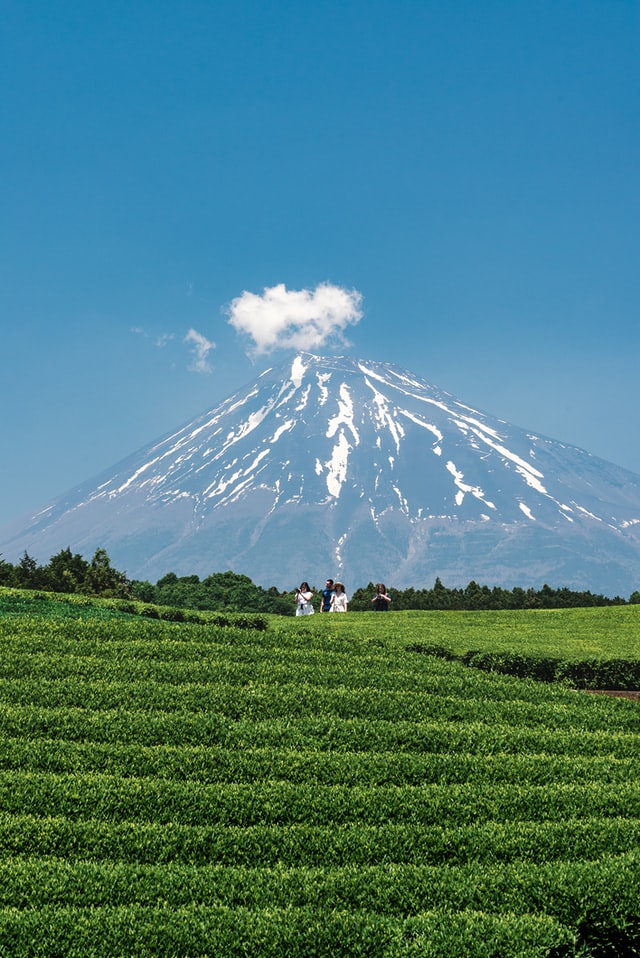
While other infusions made from herbs and flowers often come under the umbrella of tea, the only true teas are the ones derived from this adaptable plant, which has two distinct varieties: assamica and sinensis. The first, assimica, thrives in wet climates with high humidity, such as India and Sri Lanka. It provides a hearty yearly crop that undergoes a long production process, resulting in, most commonly, black teas and oolong.
The second, sinensis, thrives at higher altitudes with cool temperatures and is most associated with the mountainous regions of China. The growing season is shorter, and the leaves are smaller and more delicate, lending themselves to green and white teas.
“Tea began as medicine and turned into a beverage”
— Okakura Kakuzo, The Book of Tea
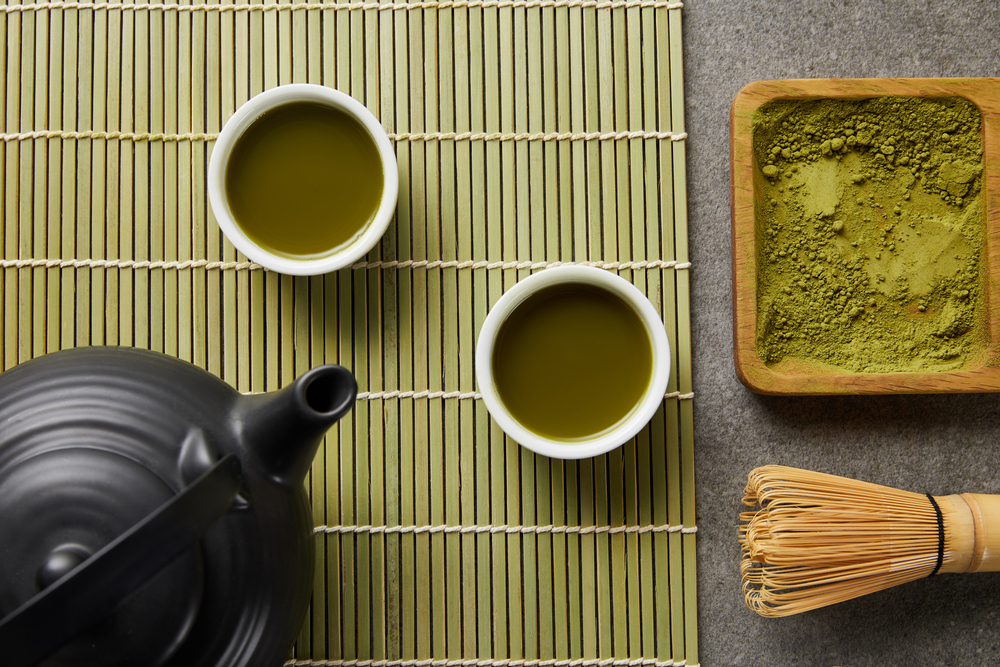
A Brief History of Tea in Japan
There are many stories about how tea came to Japan, all of which can be traced back to around the 8th century. One of the most widely accepted being that Buddhist monks brought tea leaves back after studying in China during the Tang Dynasty. The first record of tea in Japan was found in the Heian period in Nihon Kôki (The Chronicles of Japan), which was written in 815.
The Buddhist monks Eichû, Kūkai, and Saichō (who are mentioned in Nihon Kôki) may have been the first to bring tea seeds to Japan. Over three hundred years later, the notable monk Eisai is often described as the ‘father of Japanese tea culture’.
After bringing seeds back from China, he planted them in the Sefuri Mountains (Saga Prefecture, Kyushu) and also gave seeds to the Kanzaji Temple in Kyoto. These seeds were then planted in Uji, Kyoto by the high priest Myoe. Uji later became the center of tea production in Japan.
Tea became notably popular with the gentry in the 12th century after Eisai’s publication of Kissa Yōjōki (How to Stay Healthy by Drinking Tea), which became popular with the Samurai in 1214. His practices became the basis of chanoyu, or tea practice, going forward to this day.
In particular, his knowledge and technique of producing powdered tea drawn from the methods used in tenth-century China, during the Song dynasty, became incredibly influential.
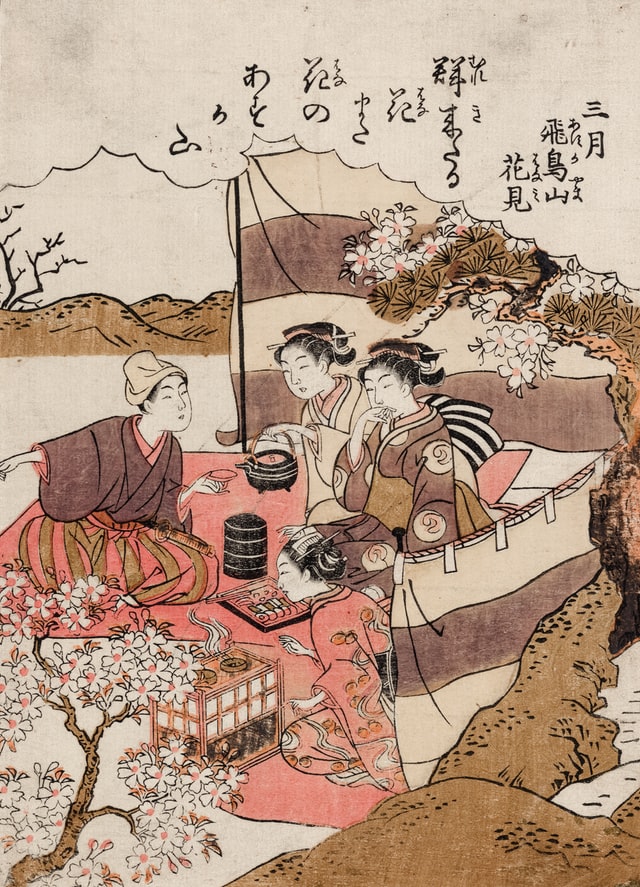
Eisai helped to spread tea as a healthy drink, one that could balance the body’s constitution and enhance health. The tea ceremony was developed around Zen Buddhist philosophy, with a focus on ritual, being present and aware in the moment, and becoming cognizant of the ephemerality of life.
Tea culture was influenced further by Murata Shuko in the fifteenth century. Shuko simplified the tea practices of the gentry and created a specific tea room design infused with the spirit of Zen Buddhism.
Read More: A Guide to Japanese Kokeshi Dolls
This caught the attention of wealthy merchants but the widespread popularity of tea came with Sen no Rikyû, a tea master who served two of Japan’s warlords (Oda Nobunaga and Toyotomi Hideyoshi) during the feudal era. Rikyû, during the sixteenth century, simplified the tea ritual further, creating a tea practice for the general population called wabi-cha based on seven rules using locally sourced brewing equipment.
Tip: If you’d like to learn more about Rikyû and wabi-cha, then you can read this fascinating journal.
In the 18th century, the creation of distinctive new styles of green tea, such as sencha, emerged which dominated tea consumption in Japan. It has a legacy which lasts to this day.
Tea drinking in Japan still plays an important role, despite the ever-increasing list of beverages available, including coffee (which has its own fascinating history in Japan). The phrase ocha wo suru in Japanese means to have tea together but also refers to the important social aspect of talking and bonding over tea.
Fun fact: Tea rooms in Japan are called kissaten which translates to ‘tea-drinking shop’.
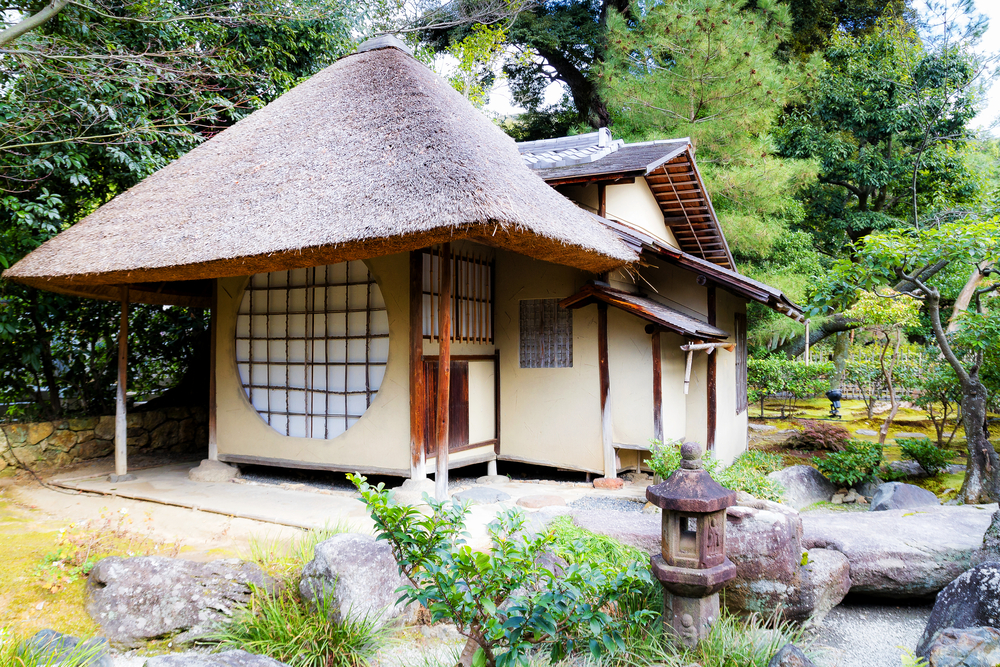
This tea house was established in 1606 for Toyotomi Hideyoshi by his widow Nene.
Types of Japanese Green Tea
The most commonly enjoyed tea in Japan is green tea, and there are many varieties to familiarise oneself with. Here are the green tea options that you will most likely come across in Japan.
Fun Fact: Uji tea is a common name for all Japanese green tea produced from Uji, Kyoto, an area known for brewing some of the best tea in the world.
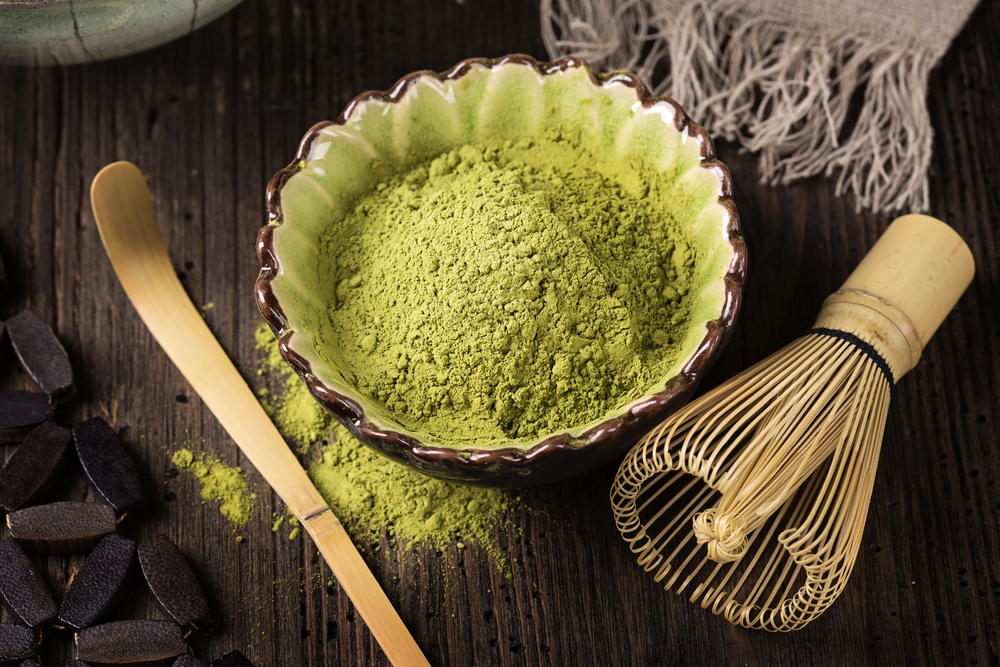
Matcha
Essential for the Japanese tea ceremony, Matcha is an energy provider which is bursting with health benefits and especially aids digestion.
Ceremonial-grade matcha is made from leaves that have been shaded from direct sunlight (similar to Gyokuro tea below) while growing and quickly steamed and dried after harvesting. The stems are then removed before the leaves themselves are gently and slowly ground between stone or ceramic plate.
This gentle production requires a lot of attention, meaning this is one of the more expensive teas available. It pairs very well with sweet treats, which are traditionally dry artistic sweets called higashi or moist sweets called omogashi in the tea ceremony.
How to make matcha: Making matcha is a satisfying process and is often considered to be a meditative experience. The basics of making matcha are to add two spoonfuls of matcha, ideally using a bamboo chashaku spoon, into a matcha bowl and add 10ml of boiled water (70 – 80C) to the powder before whisking vigorously.
Ideally, you should use a bamboo whisk, known as chasen, and whisk in an ‘M’ shape until all lumps are gone and a paste has formed. Top up with water to your desired level. Purchase a starter matcha-making set to make your matcha as traditionally as possible.
Tip: To make a matcha latte, just add warm milk to your matcha paste rather than water.
Hōjicha
A type of Japanese green tea which is typically roasted in a porcelain pot set over charcoal. The tea is fired at a high temperature, which alters the tea leaf’s colour from green to reddish-brown.
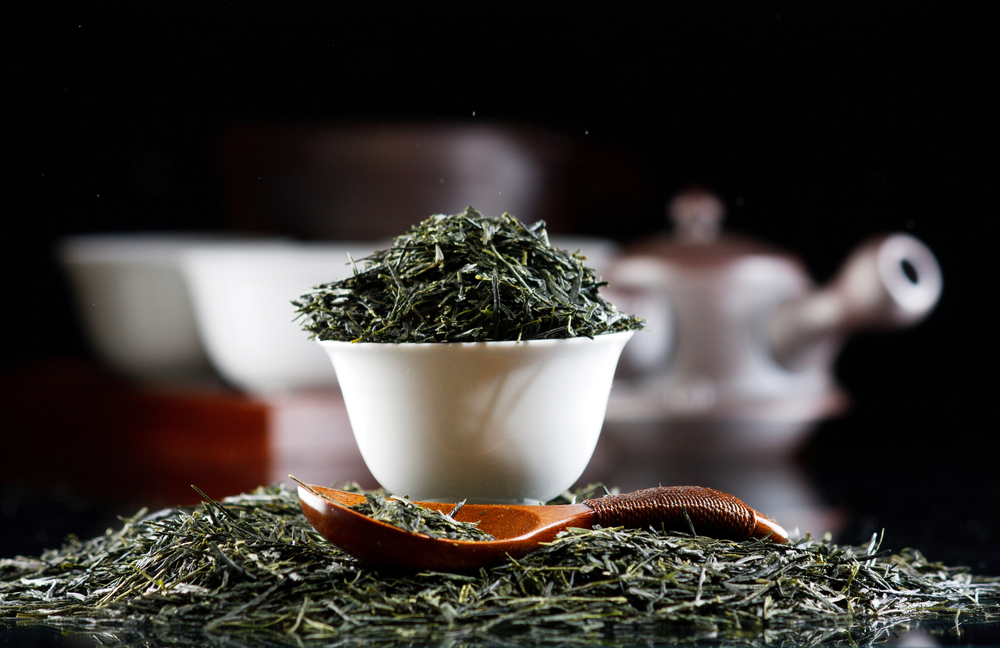
Gyokuro and Kabusecha
This is a valuable tea that differs from Sencha due to the condition in which it’s grown. The plant is shaded under tents for the last few weeks (around twenty days) before harvesting and being meticulously steamed and pressing the leaves. It’s made from a similar leaf used for ceremonial grade matcha. Kabusecha green tea is cultivated using a similar method but only shaded for approximately seven to ten days.
It’s also shaded at around fifty percent, whereas Gyokuro requires heavier shading from the sun at around seventy to ninety percent.
How to brew Gyokuro tea: The ideal temperature of water for Gyokuro should be 50 – 60C (70C for Kabusecha), using 3g (more for a higher intensity) per 150ml of water.

Sencha
Uplifting and refreshing, sencha is the most popular tea in Japan and probably the first thing that comes to mind when we think of green tea. Unlike our previously mentioned teas, it’s grown in the sunshine before being harvested and steamed immediately to prevent oxidization.
How to brew Sencha tea: The ideal temperature of water for Sencha should be 70C, using 3g (more for a higher intensity) per 150ml of water.
Genmaicha
This blend is instantly soothing. It combines Sencha green tea (often the smaller, broken bits, but not always) with puffed, toasted rice. The result is a wholesome and comforting flavour (reminiscent of popcorn), which is particularly lovely in the winter months.
Kukicha
A mild, smoky, creamy tea that is made of a blend of stems, stalks, and twig plants that are excluded from most teas, making for a unique flavor and aroma. Very easy to drink with no trace of bitterness, a great tea for relaxing with.
How to brew kukicha: Add 2 teaspoons of tea to 250ml of fresh water per person in a pan. Bring to a boil, lower the heat, and simmer for three minutes before serving.
Tip: Get started with Japanese green tea with this sampler set.
Other Types of Japanese Tea
These are teas typically made with infusions of grain rather than from the tea plant itself. They are mostly caffeine-free and provide some invigorating alternative beverages.
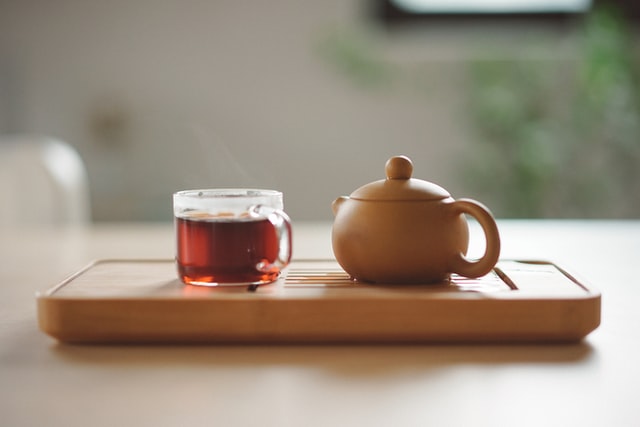
Mugicha
Particularly refreshing, especially in the summer when you can chill your own or buy ready-made bottles in the convenience store, this tea made from roasted and infused barley grain is drunk widely across East Asia and commonly served in restaurants.
How to Brew Mugicha: Boil your desired amount of water and add half a teaspoon of roasted, toasted barley grains per cup. You can leave it to chill in the fridge for iced mugicha.
Sobacha
Similar to Mugicha, Sobacha is also a grain-based tea, this time made with buckwheat tea. Also drank across East Asia, it’s known as memil-cha in Korea, soba-cha in Japan, and kuqiao-cha in China. Drank hot and cold, it’s also very much beloved during the summer months.
How to Brew Sobacha: Boil your desired amount of water and add half a teaspoon of roasted buckwheat grains per cup. You can leave it to chill in the fridge for iced buckwheat tea.
Gyokuroen Ume Kombu Cha
No, not kombucha, but tea made with kombu (or kelp), green tea, and ume (Japanese plum). A nutrient-filled tea (including high levels of iodine, calcium, and iron) for people who love deep umami flavours. The plum makes the tea pink and more acidic and the green tea provides depth and balance. You can find many different variations of this kelp tea.
How to Brew Kombu Cha – You can buy an instant powder mix of this tea, which can be made quickly and easily. Otherwise, you can buy dried kelp online or from your local Asian store, which you can then boil and leave to soak for several hours (or use powdered kelp) and keep in the fridge to mix with green tea and sour plum.
Loquat leaves tea (Biwa Cha)
A traditional Japanese herbal tea with earthy, sweet tones, made from dried and cut loquat leaves, is loaded with health benefits and is a traditional medicine for treating and preventing respiratory illnesses.
How to Brew Biwa Cha: Add two teaspoons of leaves (or to taste) to four cups of cold water and bring to a boil. Then, turn the heat down and simmer for ten to fifteen minutes. Finally, let it cool for ten minutes and drink.
Kuromame Cha
Also known as black soybean tea, this sweet drink is well-balanced with a savory roasted aroma and is full of antioxidants and iron. The tea has a distinctive dark purple colour and can be enjoyed hot or cold. It’s normal to find this tea bottled and chilled in convenience stores which is just perfect for sunny walks.
5 Books to Learn More about Japanese Tea
Interested in learning from the tea experts? Here are some wonderful books to get lost in the art of Japanese tea making.
1) Infused by Henriette Lovell
Written by the ‘tea lady’ herself, Henrietta is a tea expert and owner of the Rare Tea Company based in London. Advising some of the most prestigious hotels and restaurants on the art of tea making, her fascinating journey across the world in search of the best tea is recounted here, with each chapter teaching you about tea, production, and culture.

I learned a lot about proper brewing techniques from this book, which has improved my own tea drinking and helped with this article. Henrietta is also an advocate for responsible trade relationships, which really shows in her writing as we get to know the farmers that she works with through her writing. Adventures in tea absolutely sums up this book.
Buy a copy of Infused by Henriette Lovell
2) The Book of Tea by Okakura Kakuzo
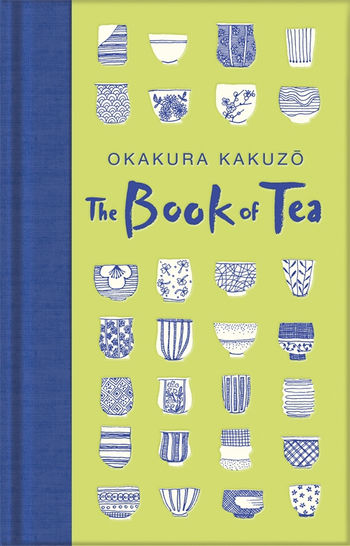
A classic piece of literature on tea, this is one of the go-to books if you want to learn more about the tea ceremony and the ancient art of tea in Japan. It’s a slender, beautifully written piece of literature that every tea enthusiast should dip into.
Buy a copy of The Book of Tea by Okakura Kakuzo
3) The Wisdom of Tea: Life Lessons from the Japanese Tea Ceremony by Noriko Morishita
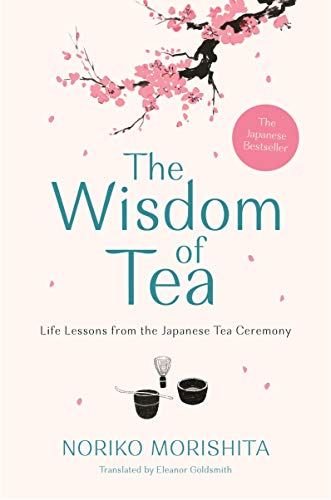
This charming book tells the story of the author on her twenty-five-year journey studying the intricacies of the Japanese tea ceremony. A simple and moving story of how tea has been present in her life from an early age, Morishita teaches you a lot about Japanese tea in an informal and friendly way.
Buy a copy of The Wisdom of Tea by Noriko Morishita here
4) Tales of the Tea Trade by Michelle and Rob Comins
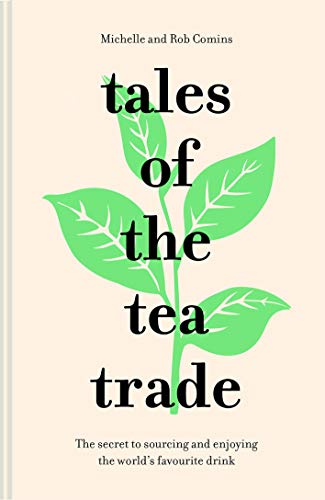
This fascinating book delves deep into the cultivation, production, and history of tea, taking you around the world. Providing in-depth information in a friendly and accessible way, the authors give a story to those who work hard to give us the tea we love. I learned a lot about the history of Japanese tea from this article from this book, and it barely scratches the surface of what’s on offer here.
They also offer their perspectives on how Eastern tea rituals can find a place in our increasingly busy Western lives. Co-founders of Comins Tea which has tea houses in Bath and Sturminster and an online store.
Buy a copy of Tales of the Tea Trade by Michelle and Rob Comins
5) Good & Proper Tea
While it does include a lovely introduction to tea and correct brewing, including individual brewing guide recipe cards for all major teas, this book really shines when it comes to its creative tea recipes.

Whether you’re hoping to make your own tea desserts such as matcha cake, tea cocktails, or other exciting drinks, the options are endless. You can also visit Good & Proper Tea in London to try some of their recipes firsthand or buy tea.
Buy a copy of Good & Proper Tea here
Read More about Japanese tea and culture:
Learn About the Japanese Tea Ceremony

